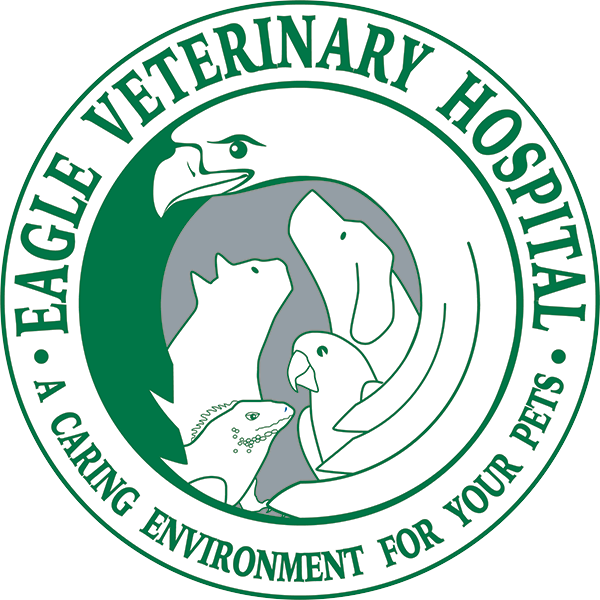
What‘s a LEED Certification?
LEED, which stands for Leadership in Energy and Environmental Design, is a green building rating program. It operates under the umbrella of the U.S. Green Building Council (USGBC), a non-profit coalition of building industry leaders. The goal of the rating system is to encourage and reward sustainable design across several metrics—sustainable site choice, energy savings, water efficiency, reduction of CO2 emissions, and indoor environmental quality, among others—all while improving company profitability and employee well-being.
Since its inception in 1994, the LEED rating program has become industry standard for excellence in sustainability. LEED motivates professionals throughout the industry to step up their green game, including real estate professionals, facility managers, engineers, interior designers, landscape architects, construction managers, private sector executives, and government officials.
The LEED rating program is a four-tiered credit-based system that awards points based on compliance with different aspects of sustainability. A basic LEED certification is awarded if a building amasses between 40 and 49. LEED Silver and Gold certifications are 50-59 and 60-79 points, respectively. The highest LEED certification is LEED Platinum, awarded to buildings that attain 80 or more points.
What kinds of buildings can be LEED certified?
Building owners can apply to be certified within four different LEED categories. Building Design and Construction (BD+C) encompasses new construction and major renovations, such as major HVAC retooling and other significant building modification. Core and shell projects also fall under this classification, where the developer controls mechanical, electrical, plumbing, and fire protection but not interior build-outs. Buildings of every type can register under BD+C, including schools, retail, data centers, warehouses and distribution centers, hospitality, healthcare, and even private and multi-family homes. LEED-NC (new construction) and LEED CS (core and shell) are the primary commercial certifications from the LEED BD+C category.
Interior Design and Construction (ID+C) covers complete interior fit-outs for office space, retail, and hospitality. This certification is for project teams that may not have control over building operations but want to create interior space that is better for the planet and the people who work there. LEED CI (commercial interiors) is a common certification for commercial office and retail projects under the ID+C heading.
A third category of LEED certifications is Building Operations and Maintenance (O+M). This category is for existing buildings that are improving sustainability in operating systems and other building aspects. Bringing an old, inefficient building into sustainability has less impact on the environment than constructing a brand new sustainable one. Existing buildings can be office spaces of any kind: retail, schools, hospitality, data centers, and warehouse and distribution centers. The LEED EBOM (existing buildings operations and maintenance) certification comes from the O+M category.
Two other categories of LEED certification are Neighborhood Development (LEED ND certification) and Homes (LEED H certification). The neighborhood development certification is for neighborhood-level projects, as in designing walkability, green spaces, etc. LEED Homes is for single-family, low-rise, or mid-rise multi-family structures.
How are LEED buildings certified?
One hundred possible credit points are distributed across six credit categories: location and transportation, materials and resources, water efficiency, energy and atmosphere, sustainable sites, and indoor environmental quality. Up to ten more points can be earned for innovation in design (6 points) and regional priority (4 points). Points are allocated based on potential for good—more points go for actions with the least environmental impact and most human benefit.
Credits come in many different flavors, some more involved than others. Project teams select the credits that fit best with their project, and that will help them reach their desired LEED certification. Location and transportation points can be awarded for locating in certain high-priority neighborhoods, being near quality transit, installing bike facilities, and providing alternative-fuel stations for green vehicles, for example. Sustainable site credits include the provision of open space, light pollution reduction, rainwater management, and shade trees to reduce the “heat island.”
Landscaping with drought-tolerant plants and using efficient irrigation systems, installing low flow water fixtures, using a cooling tower, and having good water metering systems are some of the options within the water use reduction metric. Energy and atmosphere credits can include optimizing energy performance, using and/or producing renewable energy sources, and participating in demand response programs.
Under the material and resources category, recycling programs are required. Credit points can be earned by using products and raw materials from companies that have been third-party verified to be ecologically sound. Low emitting material use, high-quality lighting, and ample daylight (with glare control devices) are credit possibilities in the indoor environmental quality category.
